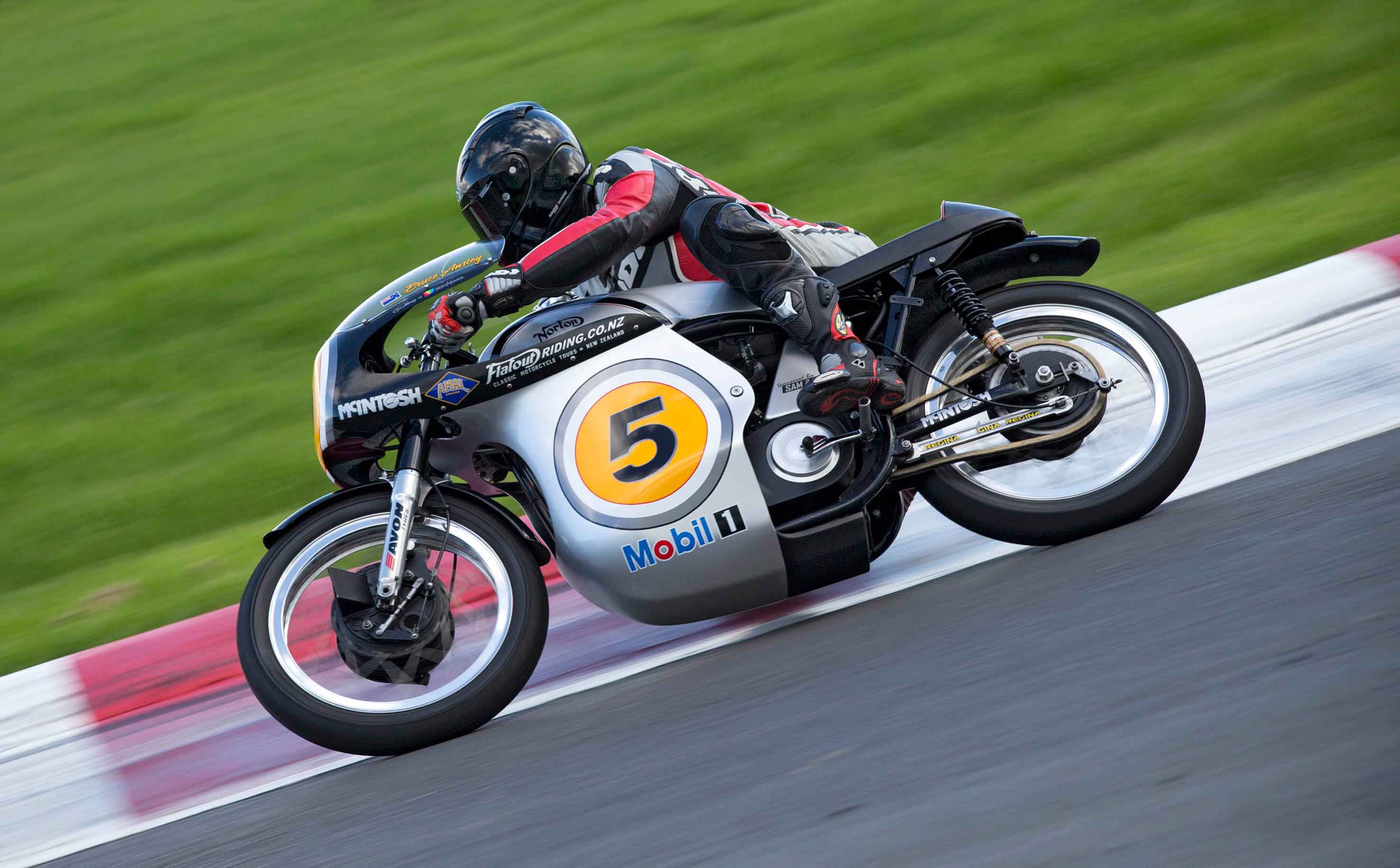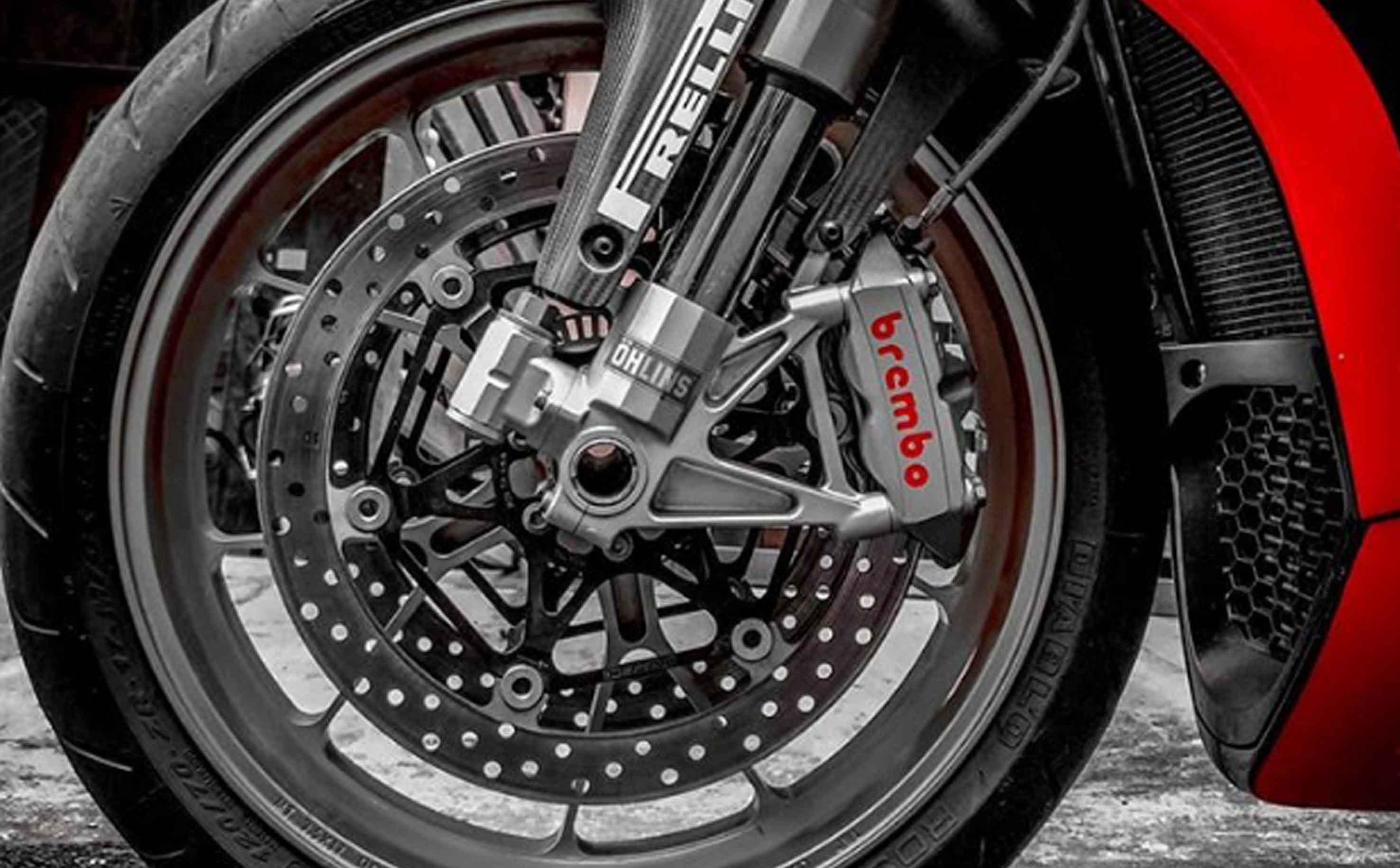-
Products
-
Accessories
- Back rests
- Big bore kits - Athena
- Bike & seat covers
- Caps & lids
- CrampBuster throttle control
- Crash protection
- Footguards
- Hand guards, extensions & mittens
- Lights
- Mud guards / chain guards
- Pet carriers
- Phone and navigation, smart mounts
- Power connection kits
- Radiator protection
- Safety accessories
- Scottoiler
- Security and padlocks
- Side stand supports
- Storage containers
- Sump Protection
- Batteries, chargers and accessories
-
Clothing
- Body armour, protectors and safety
- Boots
- Gloves
- Jackets - heritage & waxed
- Jackets - leather
- Jackets - textile
- Jackets - urban
- Rainwear / thermal wear
- Trousers - heritage & waxed
- Trousers - jeans and denim
- Trousers - leather
- Trousers - textile
- Women's clothing
-
Clearance / end of line / samples
- Samples / one-offs
- Boots clearance
- Gloves clearance
- Jackets - leather clearance - mens
- Jackets - leather clearance - ladies
- Jackets - textile clearance - mens
- Jackets - textile clearance - ladies
- Jeans and denim clearance
- Trousers - leather clearance - mens
- Trousers - leather clearance - ladies
- Trousers - textile clearance - mens
- Trousers - textile clearance - ladies
- Communications
- Engine Management (GET ECUs)
- Helmets
- Luggage
- Mufflers
-
Spare Parts
- Bar end weights and plugs
- Brake systems
- Carburettors and fueling
- Chain - Regina
- Clutch Systems
- Electrical
- Filters
- Forks
- Gaskets and seals
- Hand / foot controls
- Hose, clamps and clips
- Mirrors
- Piston kits - Athena
- Regulator rectifiers
- Screws, bolts, nuts, washers
- Shims for Ducati
- Shocks
- Side Stands
- Springs
- Sprockets
- Steering head bearings
- Tail tidy
- Wheel bearing and seal kits
- Clearance - spare parts
- Sprays, fluids and lubricants
- Stands, benches & wheel clamps
-
Tools
- Bearing tools
- Bike-specific tools
- Brake servicing
- Brushes
- Carburettor gauges & tools
- Chain tools
- Clutch hub tools
- Flywheel pullers
- Hook wrenches
- Oil filter removal tools
- Piston tools
- Plug spanners / T-bar sockets
- Spanners
- Specialty tools
- Spoke keys & wrenches
- Spring hooks
- Suspension tools
- Timing tools
- Tool trays
- Tyre repair
- Valve tools
- Wiring and electrical tools
- Tyre changing equipment
- Windscreens
-
Accessories
- Brands
- Specials
TECH TIPS: Brake fundamentals
Posted in Technical tips
If you compare the simplicity, efficiency, reliability and ease of manufacture of a modern disc brake to a drum brake you can’t help but wonder ‘what were they thinking?’ Let’s take a bit of a look at the evolution of motorcycle brakes and how they came to be as they are.
The Science
Before we get started though, first we should take a quick look at the physics to understand the fundamental principles behind a brake. If you remember back to high school and what the teacher was trying to tell you, you should recall that an object in motion has ‘kinetic’ energy. You might also recall the theory of conservation that goes something like ‘energy is neither created, nor destroyed, merely converted’. Putting those two things into the context of a motorcycle travelling at speed; all that kinetic energy needs to be converted into some other form of energy in order for the motorcycle to slow down. A conventional brake does this by converting kinetic energy into heat energy via friction. That’s it. Brake design is simply all about optimising the conversion of kinetic energy into heat.
History
Way back before Roman times, not long after the invention of the wheel, the horse drawn cart, the replaceable soled shoe and the spare pair of undies, the first brake was devised. It consisted of a lever with a block of wood on it. When the driver needed to slow down, they would pull the lever, forcing the wooden ‘shoe’ onto the outside of the wheel. This would generate heat through friction, removing kinetic energy from the cart and causing it to slow down. Fast forward a few thousand years and man started getting creative with different methods of generating horse power. All of a sudden, a wooden block on the outside of the wheel didn’t cut it. Speeds and mass increased and things like runaway trains became common place. Interfering substances such as water and mud started to make a big difference too. Subsequently, a few different people set to figuring out a way to get the shoe away from the water and mud. They also started experimenting with different materials and mechanisms to the point where French manufacturer Louis Renault developed the first drum brake as we know it, in 1902.
Early motorcycles were basically bicycles with engines and initially used bicycle style rim brakes. It didn’t take long for drum brakes to start appearing on production motorcycles and these became the norm in various forms. Some individuals have fond memories of drum brakes and revel in their classicness. For the rest of us, it was a relief when Honda released the CB750 in the summer of ’69 and the first motorcycle equipped with disc brakes hit the streets. The first production ABS on a motorcycle was released by BMW in 1988 on their K100 and finally, radial mount callipers made their production debut on the Kawasaki ZX6R in 2003. Apart from a few minor tweaks, that pretty much brings us up to date.

Pros and Cons
Let’s focus on the most significant development for us riders, which is the change from cable actuated drum to hydraulic disc brakes. Disc brakes aren’t a perfect solution and they have their problems. However, those problems are far outweighed by their advantages over drum brakes. Given this is a short column rather than a large reference book, I’m only going to talk about the most basic differences between drum and disc brakes, those being heat dissipation and manufacturability.
I mentioned earlier that the fundamental function of a brake is to convert kinetic energy into heat energy. Well, that heat has to go somewhere. Eventually it will dissipate out into the atmosphere through convection and radiation, but initially it will go into the components that are generating the friction. In the case of a drum brake, that’s straight into the metallic drum. Harking back to that physics class again, we all know that metal expands as it gets hotter. Because the drum is circular, its diameter tends to increase, which means the shoes need to travel further from their resting position to make contact with the drum. This in turn means the lever at the handlebar needs to travel further and eventually you have the cursed brake fade synonymous with drum brakes. There have been many attempts to reduce this effect, but the problem is inherent. Because disc brakes are out in the breeze so to speak, they dissipate their heat away more quickly. More significantly, the pads operate on the side of the disc rather than radially as the shoes do. Although they do suffer from the same increase in diameter as they get hot, the distance the pads have to travel doesn’t change. Ergo, problem solved. There are many other issues associated with both styles of brakes, but this is probably the most significant difference.

In the big wide world of mass production, one of the biggest considerations is always the reduction of manufacturing costs and, contrary to popular belief, the improvement of serviceability. As anyone who’s ever tried to do so will understand, a drum brake is fiddly to adjust. They have many intricate parts which need adjusting, lubricating (carefully, so as not to lubricate parts that don’t need it) and tensioning correctly in order to operate at their best. Particularly in the case of something as complicated as a double sided, twin leading shoe brake with a whippletree at the lever. Disc brakes on the other hand have very few moving parts and are the mechanical equivalent of ‘plug n play’. For the manufacturer this means simpler inventory, simpler production lines and consequently lower costs. For the end user it means greater reliability and improved serviceability. It’s a win-win situation.
Summing Up
So, what were they thinking using drum brakes for so long? Well, as simple as hydraulic disc brakes may seem there is a lot of technology that needed to be developed before they became viable. Namely hydraulics and flexible rubber seals. These needed to be developed not only in the performance and reliability stakes, but also in terms of mass production. Because of the relatively small production runs of motorcycles compared to cars, hydraulic disc brakes simply weren’t cost effective in the early days. Now of course, it’s a different story and we’re reaping the benefits.
Keen to learn more? This article is Part 1 in our Braking Tech Tips series. Click here for Part 2 and click here for Part 3.
'Brake fundamentals' was written by Rodney O'Connor of Eurobike Wholesale.

